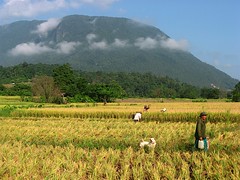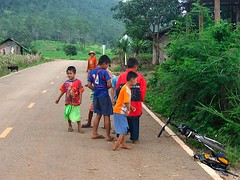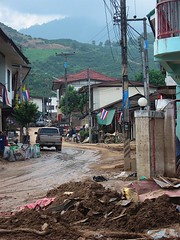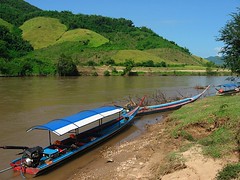In Flanders fields the poppies blow
Between the crosses, row on row,
That mark our place; and in the sky
The larks, still bravely singing, fly
Scarce heard amid the guns below.
We are the Dead. Short days ago
We lived, felt dawn, saw sunset glow,
Loved, and were loved, and now we lie
In Flanders fields.
Take up our quarrel with the foe:
To you from failing hands we throw
The torch; be yours to hold it high.
If ye break faith with us who die
We shall not sleep, though poppies grow
In Flanders fields.
"The poem 'In Flanders Fields' by the Canadian army physician John McCrae remains to this day one of the most memorable war poems ever written. It is a lasting legacy of the terrible battle in the Ypres salient in the spring of 1915.
The most asked question is: why poppies?
Wild poppies flower when other plants in their direct neighbourhood are dead. Their seeds can lie on the ground for years and years, but only when there are no more competing flowers or shrubs in the vicinity (for instance when someone firmly roots up the ground), these seeds will sprout.
There was enough rooted up soil on the battlefield of the Western Front; in fact the whole front consisted of churned up soil. So in May 1915, when McCrae wrote his poem, around him bloodred poppies blossomed like no one had ever seen before."
Find much more on this poem and its author
here.










